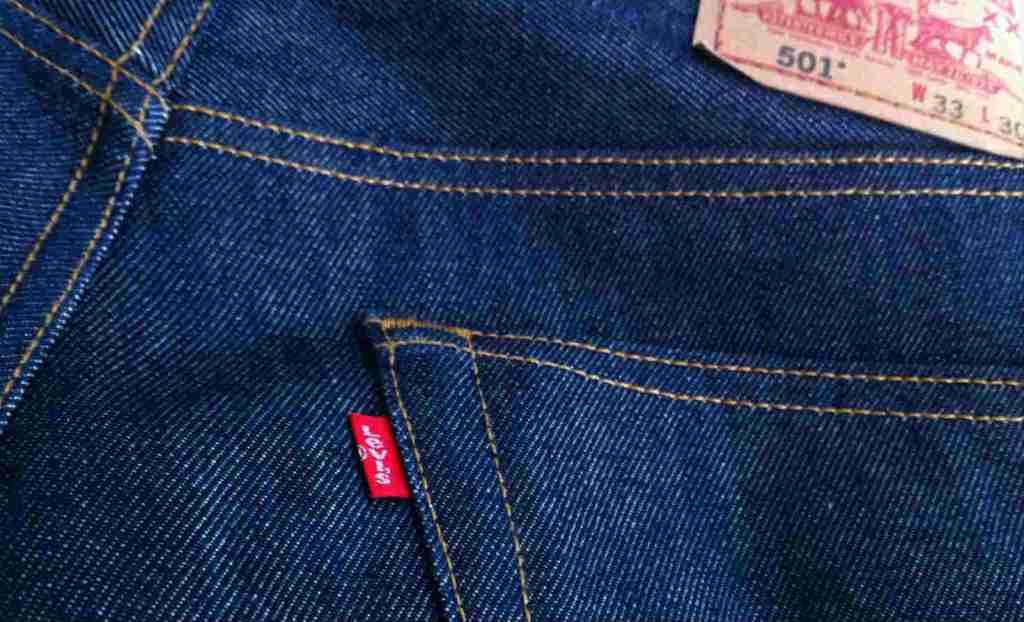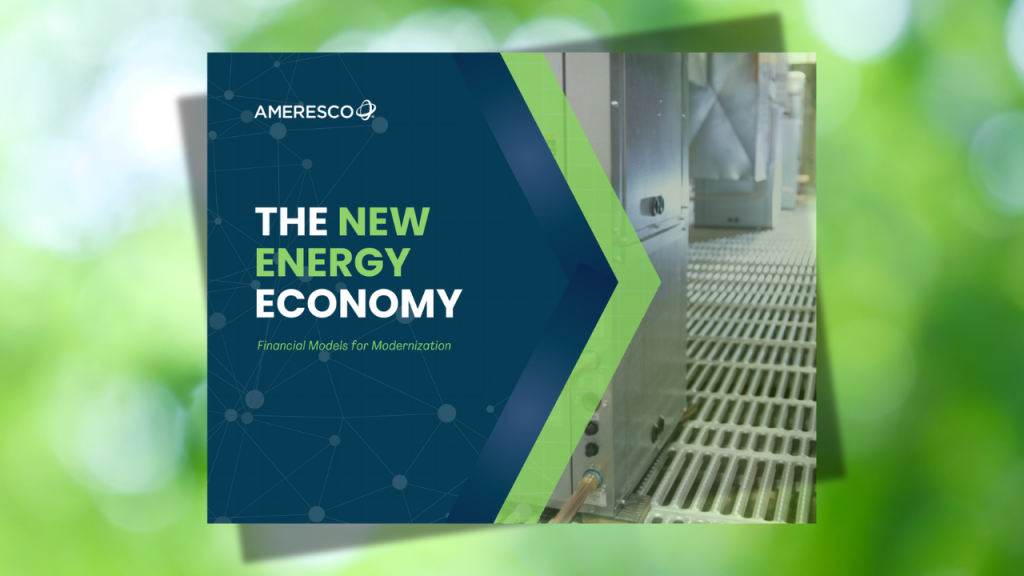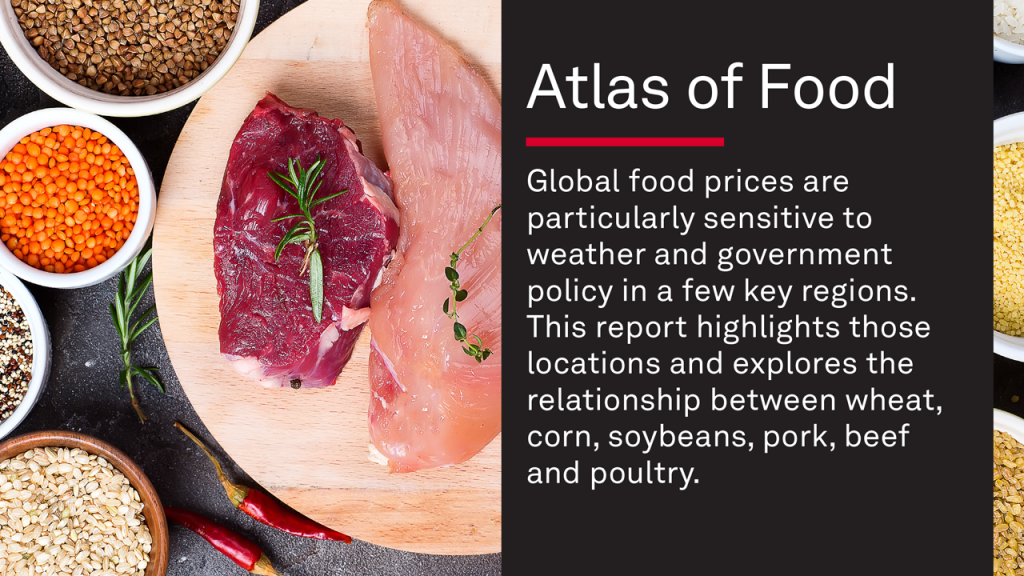The bacteria that could make your blue jeans greener
Rethinking the way denim achieves its signature blue hues could have big sustainability implications. Read More

A flowering plant called Indigofera tinctoria is the original source of the dye called indigo. Up to the start of the 20th century, fashionable miners could thank this plant for the deep blue of their Levi’s jeans.
But extracting the dye from the plant was a time-consuming and expensive process, and efforts to find another way to make it started bearing fruit around 1880. Scientists of the period eventually replaced I. tinctoria with chemical processes that unlocked mass production of the once-rare colorant. Instead of the plant, the new technique combined derivatives of crude oil with concentrated acids and heated the mixture in the presence of metals.

Industrial production started feeding growing demand for indigo, and manufacturers around the world were producing (PDF) more than 88,000 tons of it a year by 2011. But besides creating a synthetic indigo dye, the process also uses and produces large quantities of chemicals that are toxic to humans, animals and the environment.
Now, University of California, Berkeley bioengineers say they have found a potential way to create indigo without the petroleum and chemical byproducts.
The answer to making the blue dye more green? Bacteria.
Indigo? Indican!
I. tinctoria produces a molecule called indican, the chemical precursor to natural indigo. Inside healthy plant leaves, indican is caged within sugar molecules that prevent it from presenting its blue side. When the leaves are damaged, the sugars are stripped away and the leaf turns blue. This phenomenon is harnessed as part of the natural dye extraction process.
The Berkeley researchers have started a project that looks to insert genes into bacteria to get the microorganisms to produce sugar-encapsulated indican. Once the chemical is extracted from the bacterial cells, they plan to mix in an enzyme that will strip away the sugar molecules, leaving the deep-blue dye.

“We thought going back to the plants would be smart,” said bioengineer John Dueber, who is leading the research. “If we can identify the enzyme the plants use to produce the sugar cage and clone its gene, we think the microbes can make large quantities of indican for dyeing jeans without the use of highly ‘dirty chemicals.’”
Dueber says the innovation would cut out the petroleum feedstock currently used to synthesize indigo, because bacteria need only be fed the simple sugar glucose to thrive. If it works, it also would cut the toxic acids and metals out of the production process, because the microbes essentially would be recreating the dye production process that naturally goes on inside the I. tinctoria plant.
Cleaner jeans
The work is still in its early stages, and Dueber said some basic science still needs to be worked out before they could even begin to think about bringing the process to market. His lab normally focuses on conducting basic science research to improve engineered metabolic pathway efficiency in living cells. But he sees in the bacterial dye-producing factories project a big opportunity to potentially clean up a major source of pollution in the world.
“We’re still going to focus our research on academically interesting questions, but when there are industrial applications, we want to be aware of that,” Dueber said. “We’d all like to see our indigo research lead to greener blue jeans.”
This article first appeared at Txchnologist.

Subscribe to Trellis Briefing
Featured Reports

The Premier Event for Sustainable Business Leaders















